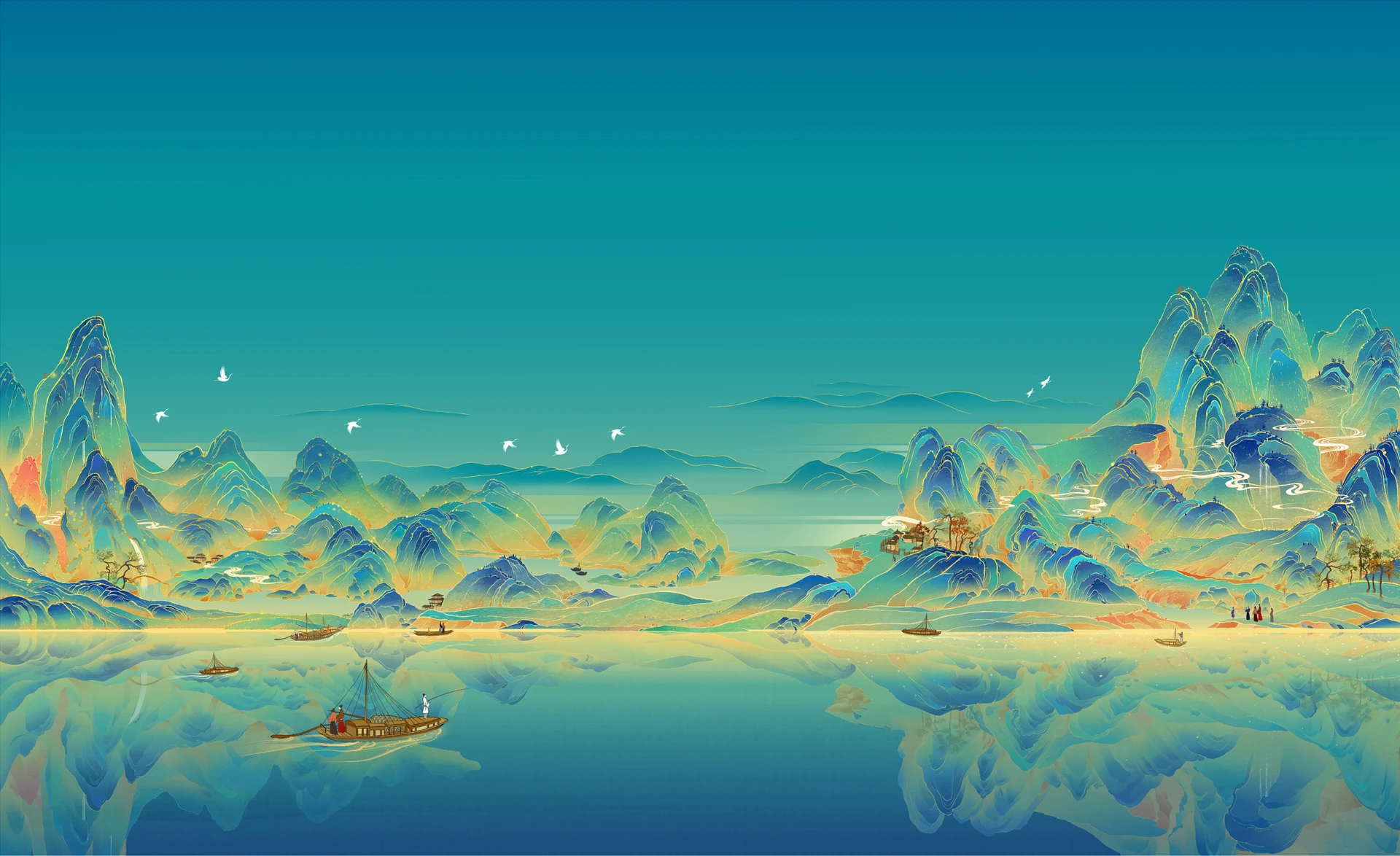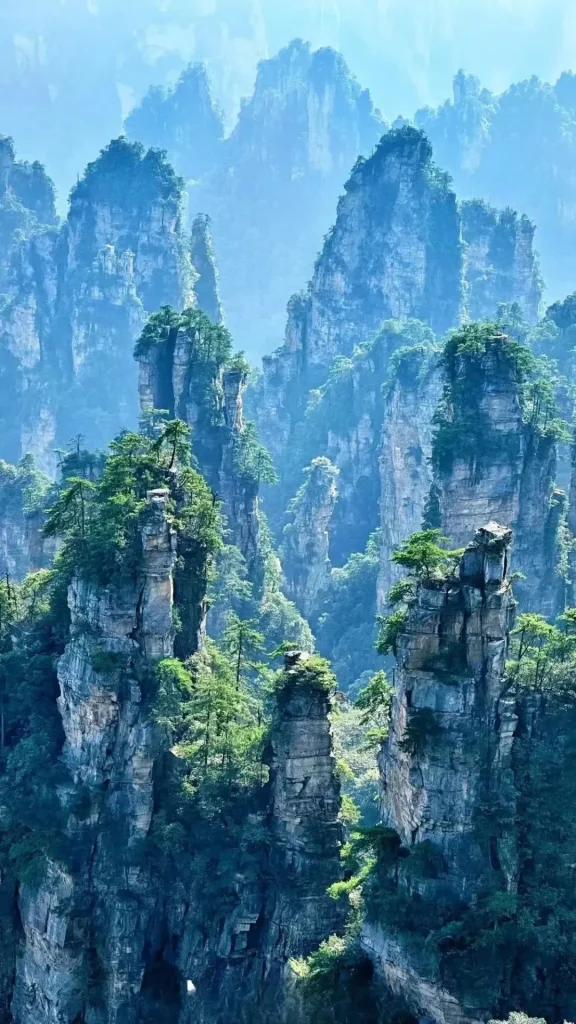
Destinations
This is your gateway to discovering China’s beauty! Whether it’s your first visit or a deeper exploration, we’ve got you covered.
Hunan
Hunan, located in south-central China and known for its “Three Xiang Rivers and Four Waters” (三湘四水), weaves together incredible nature, deep history, and modern energy into a unique travel experience. For international visitors, the appeal isn’t just the amazing sights, but how culture and everyday life blend together so seamlessly.

1. Nature and Culture Living Side-by-Side

Hunan’s landscapes are like works of art. Think of the towering quartz sandstone pillars in Zhangjiajie (张家界), the misty clouds and snowy scenes on Mount Heng (南岳衡山) that change with the seasons, the ethereal morning fog over Dongjiang Lake (东江湖), or the “earth ripples” of the Ziquejie Rice Terraces (紫鹊界梯田). Each view showcases nature’s power alongside human ingenuity. You can even find echoes of ancient poems and paintings, like the famous “Eight Views of Xiaoxiang” (潇湘八景), in the real-life scenes of fishing boats at sunset on the Xiang River (湘江) or the moon’s reflection in Dongting Lake (洞庭湖).
2. Dive into Diverse Cultures

Hunan is a key birthplace of Chinese civilization. Places like the Mausoleums of Emperors Yan and Shun (炎帝陵与舜帝陵) show deep respect for ancestors. The thousand-year-old Yuelu Academy (岳麓书院) still echoes with learning, representing the bold “dare to be first” spirit of Hunanese culture (湖湘文化). Hunan also played a huge role in modern Chinese history; visiting the former homes of leaders like Mao Zedong and Liu Shaoqi offers a glimpse into that dramatic era. Add to that the unique stilt houses (吊脚楼) of Fenghuang Ancient Town (凤凰古城), the local dialects in Yongzhou (永州古城), and the colorful weaving and festivals of the Tujia (土家族) and Miao (苗族) ethnic groups – it’s a vibrant tapestry of cultures.
3. Where Tradition Meets Modern Buzz

In the capital city, Changsha (长沙), the non-stop energy of the “internet-famous” economy shakes up any old-fashioned ideas about history. The bustling night markets on Jiefang West Road (解放西路) buzz alongside the laughter from the Window of the World theme park. Trendy spots like Wenheyou (文和友) recreate old street vibes in cool, retro settings. At night, spectacular light shows along the Xiang River showcase the city’s modern flair using cutting-edge tech. This energy extends to tourism innovation too: the Mawangdui Tombs (马王堆汉墓) bring the ancient Lady Xin Zhui (辛追夫人) “back to life” through dynamic digital displays, while Zhangjiajie’s Metaverse Pavilion uses XR technology for a thrilling “10-minute flight” over the peaks. Past and future connect effortlessly here.
4. Tasting the Flavors of Hunan

“No spice, no fun” (无辣不欢) is the philosophy behind Hunan cuisine (湘菜). From the fiery kick of Stir-fried Pork with Chili (辣椒炒肉) to the satisfying heat of Steamed Fish Head with Diced Chili (剁椒鱼头), spice isn’t just about flavor; it’s a way locals dealt with humidity and reflects their bold personalities. You’ll find street vendors selling Stinky Tofu (臭豆腐) everywhere, crayfish restaurants (口味虾) with lines even late at night, and Western Hunan (湘西) dishes blending smoked meats with mountain delicacies. It all adds up to a delicious and lively food scene.
Today’s Hunan aims to “keep its historical soul while rocking a future vibe,” blending natural beauty, cultural depth, and new technology to become a world-class destination. Whether you’re tracing the roots of Eastern civilization or exploring the energy of modern China, you’ll find something captivating here.
Today’s Hunan aims to “keep its historical soul while rocking a future vibe,” blending natural beauty, cultural depth, and new technology to become a world-class destination. Whether you’re tracing the roots of Eastern civilization or exploring the energy of modern China, you’ll find something captivating here.